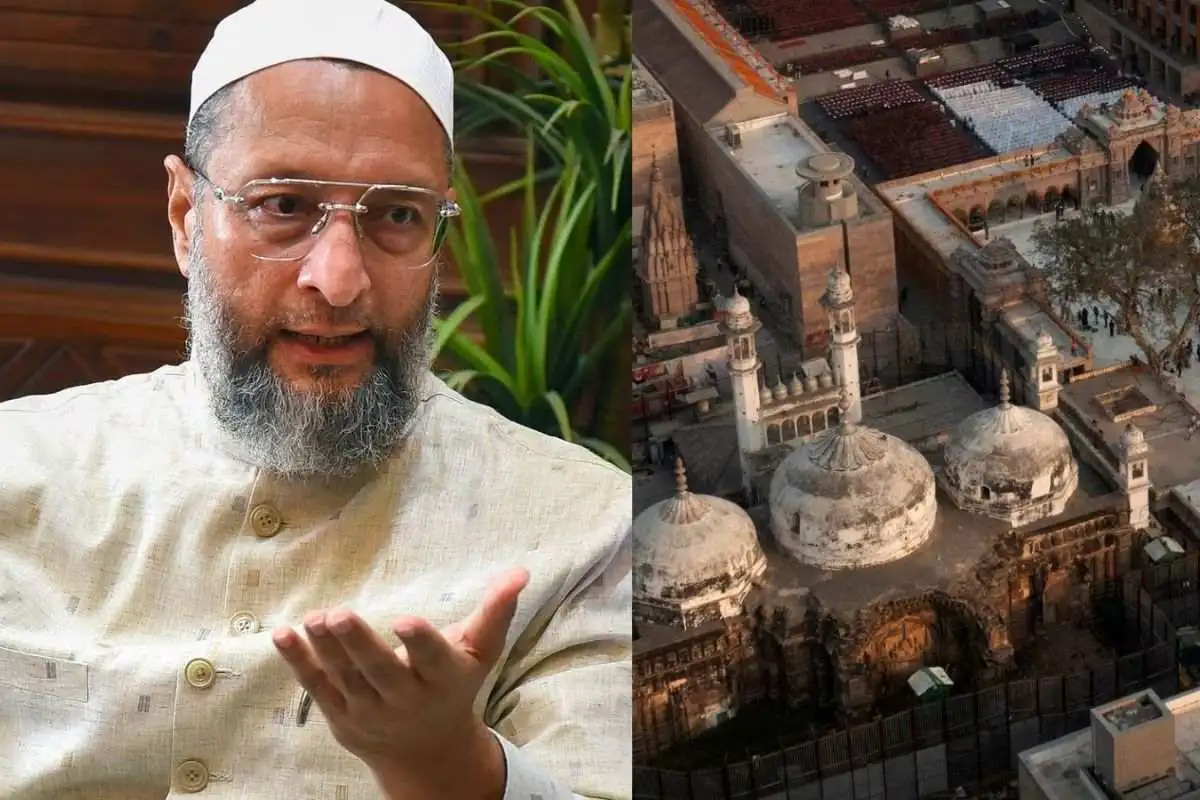
Asaduddin Owaisi slams ASI
Asaduddin Owaisi, President of All India Majlis-e-Ittehadul Muslimeen (AIMIM) decided to take a jibe at the Archaeological Survey of India (ASI) report on Thursday. This came after the Hindu side of the case claimed that there was existence of Hindu temple ahead of the Gyanvapi Masjid. While putting up the claim, the Hindu-side petitioner attached the report from the ASI which testified the presence of temple next to the Kashi Vishwanath temple where the mosque is located now. AIMIM President called ASI “handmaiden of Hundutva”.
Owaisi takes it to X
In a post on X (formerly Twitter), Owaisi said, “This wouldn’t stand academic scrutiny before any set of professional archaeologists or historians. The report is based on conjecture and makes a mockery of scientific study. As a great scholar once said ‘ASI is the handmaiden of Hindutva’.”
This wouldn’t stand academic scrutiny before any set of professional archaeologists or historians. The report is based on conjecture and makes a mockery of scientific study. As a great scholar once said “ASI is the handmaiden of Hindutva“ https://t.co/vE76X1uccM
— Asaduddin Owaisi (@asadowaisi) January 25, 2024
Also Read: Political Puzzle In Bihar: Nitish Kumar’s Potential Return to NDA Sparks Speculation
839-page report published by ASI
According to Vishnu Shankar Jain, the lawyer for the Hindu side in the Gyanvapi Masjid-Kashi Vishwanath temple issue, the ASI discovered vestiges of a sizable Hindu temple inside the mosque on Thursday. Minutes after the 839-page study was provided to the Muslim and Hindu sides, Jain also made it public, against the court’s order prohibiting either party from disclosing the report’s specifics to the public.
“Based on scientific studies/survey carried out, study of architectural remains, exposed features and artefacts, inscriptions, art and sculptures, it can be said that there existed a Hindu temple prior to the construction of the existing structure,” the report said.
Report establishes demolition of the temple during Mughal period
The report further suggested that the temple was destroyed during the reign of Mughal emperor Aurangzeb. “The Arabic-Persian inscription found inside a room mentions that the mosque was built in the 20th regnal year of Aurangzeb …hence, the pre-existing structure appears to have been destroyed in the 17th century, during the reign of Aurangzeb, and part of it was modified and reused in the existing structure,” the report said.
It went on to say that the mosque was constructed using repurposed bell-adorned pillars, lamp niches, and temple inscriptions. “Based on art and architecture, this pre-existing structure can be identified as a Hindu temple,” the ASI report said.
To read more such news, download Bharat Express news apps


















